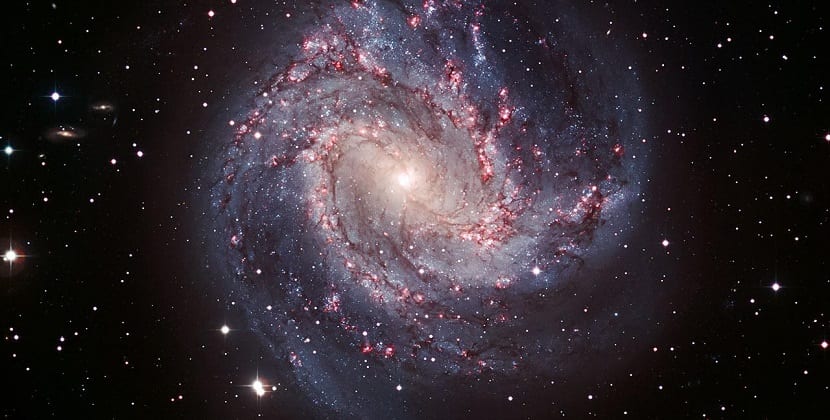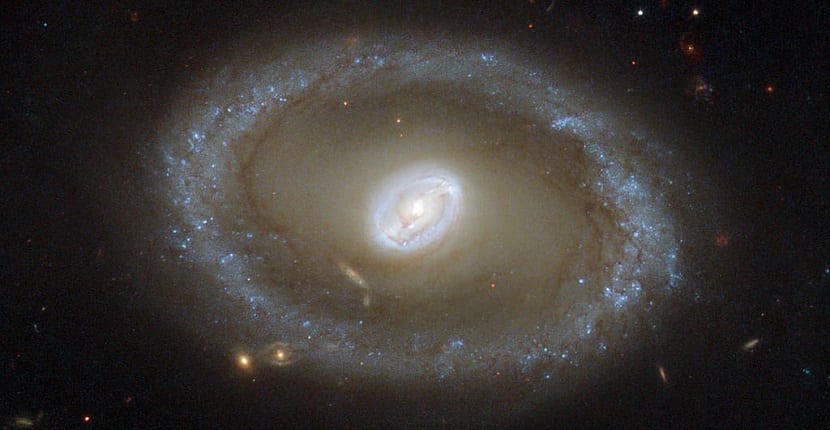
Today, there are many research and exploration centers that work practically every day to get to know in a little better all the immensity that surrounds the Earth. Not only are we working on discovering new planets or looking for an answer to how big the universe can be, but we are also investigating in the opposite way, that is, for example in know when the first stars appeared.
To understand this a little better, and especially the difficulty that it may entail, we have to go back to a universe that, we could say, had just been created, we speak of a period of about 180 million years ago, just after the explosion of the well-known Big Bang, at which time, according to a recently published study, the first stars were able to make an appearance.

EDGES is the tool that has allowed us to know when the first stars appeared in the sky
To understand this a little better, I want to talk to you about EDGE, a very special instrument located in a remote place in western Australia, specifically in the Murchison Radio Astronomical Observatory. This instrument is used by scientists from MIT and Arizona State University to look for any clue about how the cosmos could originate in the first place, its distribution ... some clue that indicates how we have been able to reach our days.
Going into a little more detail and as we can read on a page of the MIT, EDGES is nothing but a fairly small antenna system where a low band and high band instrument, a spectrometer receiver as well as various electronic components have been installed. This entire platform has been very precisely calibrated to be able to 'hear' a certain type of spatial noise.

Among others, today, EDGES is being used by MIT and Arizona State University
The main objective of this complex tool is none other than to be able to determine what the universe was like before it was constituted, that is, to begin to evolve to what we know today. In slightly more technical words, to know the universe just at that moment in which the ultraviolet light of the first stars penetrated the primordial hydrogen that existed at that moment in the form of gas.
In the words of Raul Monsalve, a researcher at the Center for Astrophysics at the University of Colorado Boulder and one of the researchers who collaborated on this work:
The signal agrees in many respects with theoretical predictions about the first stars and galaxies in the early universe. Our measurement indicates that these first stars and galaxies were forming around 180 million years after the Big Bang. Finding this tiny signal has opened a new window to the early universe. Telescopes cannot directly image these ancient stars, but what they capture is transformed into radio signals from space.

EDGES works in the detection of the emission at 21 cm that the first stars emitted when they were created
As it appears in the published paper, apparently the way in which the team of researchers has managed to capture this signal in space has been somewhat complex since EDGES does not directly measure the signal emitted by the first stars, but rather the radiation emitted by the hydrogen gas from which these early stars originated.
The idea has basically been to design and create a tool, in this case EDGES, that is capable of measuring a certain type of 'light', something that nowadays conventional telescopes are not capable of measuring. Specifically, we are talking about the neutral and cold hydrogen that was emitted in the early stages of the history of the cosmos, an emission that can be captured if emission is studied at 21 cm.
The theory says that, once the first stars lit up in the early universe, the ultraviolet light they emitted penetrated the primordial hydrogen gas and managed to alter its state of excitation, this is precisely what has been called 21 emission cm, a change that would cause hydrogen to absorb photons from the microwave background leaving a fingerprint currently detectable in the radio frequency range below 200 MHz.
Further information: Nature